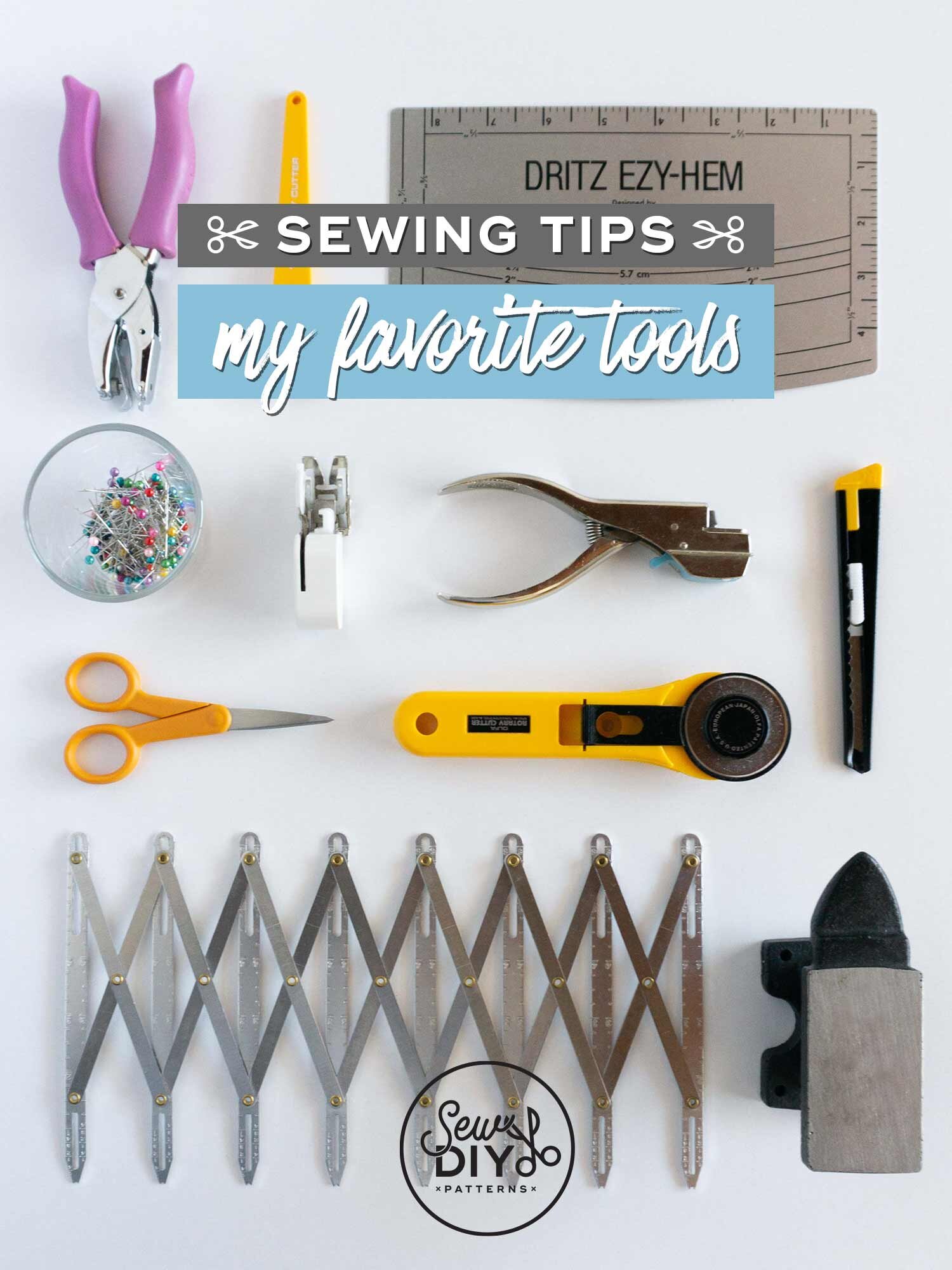Eight Tips for Prewashing Fabric
1. Wash according to fiber content rather than fabric type
Different fibers react differently to different washing methods. The most important factor is what kind of fibers your fabric is made from (cotton, linen, rayon, silk, wool, etc.). Second is the fabric type (woven, knit, challis, corduroy, denim, etc).
For more info on selecting a fabric washing method, I recommend reading this blog post by Oliver&S and this blog post by Colette.
2. Pre-wash using the same method you will use to wash the garment
Whatever method you use to prewash your fabric, make sure it’s the same you’ll want to use when you wash the garment.
3. Finish the raw edge of your fabric before washing
If you are machine washing your fabric, it’s important to finish the raw edge or else you’ll end up with a big jumble of tangled threads. Prevent the hassle of untangling the threads, and finish that edge first. I like to use a very long zig-zag stitch because it’s quick, it works and it’s easy to remove.
4. If you’re unsure of the best method, pre-wash a swatch and test it out
I don’t test a swatch every time I wash fabric. I only do it when it’s a fabric type that’s really new to me or I’m otherwise unsure how the fabric will react to a particular method. Often, you can diverge from manufacturers’s recommended washing techniques but it’s important to test it first.
5. Pre-wash before you store your fabric
This is my number one tip for making sure my stash is always ready to sew. I always try to wash my fabric as soon as I bring it home, and definitely wash it before I store it away with my other fabrics that have already been washed.
6. Make a record of how you pre-washed your fabric
If you have a method of tracking your fabric stash, you are a Stash Rockstar! I have not mastered this. Yet. But when I do, I will make sure to note how I have prewashed the fabric. Fabrics often live in my stash for years, and I often forget how I initially treated them.
7. Beware of colors bleeding
Many fabrics bleed a lot of dye, even after a few washings. So, just like with regular laundry, you’ll want to separate your dark and light colored fabrics. You can test if a fabric is going to release dye by washing a swatch in the sink. If the water changes color, then you’ll want to proceed with caution. You can wash the fabric by itself, or add a color catcher to the load if using a washing machine. I’ve used this brand with success.
8. Consider hand washing
I know a lot of people are loathe to hand wash but I’m a big fan of it. The main reason is, hand washing is gentler on your fabric and your garments will last a lot longer. I know hand washing and hanging to dry takes space and time (especially if you’re in a humid climate) but it’s generally more environmentally friendly because you save energy and the clothing will last longer. You can also look at it as an act of love, caring for your handmade garments by hand washing them.
I especially recommend hand washing for delicate fabrics like silk, rayon or thin knits. With knit fabric, hand washing will also prevent pilling because there’s less agitation.
That said, you may want to pre-wash using a “harsher” method like machine washing in warm water with a tumble dry to ensure that the fabric is truly pre-shrunk before cutting out your garment. After the garment is made you can then switch to hand washing and not have to worry if it occasionally ends up in the washing machine.
I hope that you found these tips helpful. If you haven’t already, I’d be forever grateful if you follow me on YouTube. I post a new video about once a week so there’s lots of fresh, new sewing content to watch!






















